St Lucia is a small country in the Caribbean. The state was part of the British colony of the Windward Islands for centuries. St Lucia gained its independence on February 22nd, 1979.
The country has a developed infrastructure, high safety, and ecology. The economy is based on tourism, agriculture, and foreign investment.
Cosmopolitans get St Lucia citizenship to travel to 146 countries worldwide without visas, including the states of the Schengen Area, the UK, Singapore, and Hong Kong.
Geography of St Lucia
St Lucia is a volcanic island located in the Caribbean Sea. The island is part of the Lesser Antilles archipelago. The territory is 44 km long and 23 km wide.
While St Lucia has no neighbouring countries, it shares maritime borders with several states. The closest is the island of St Vincent to the southwest and Martinique to the north.
The island's landscape is mountainous: the central mountain range of Barre de L’Isle Trail stretches from north to south, with 950-meter Mount Gimies. The mountains have hot sulfur springs, lava fields, gas outlets, and sulfur deposits.
- Area ― 616 km²
- Capital — Castries
- Average annual temperature ― +27°C
- Most comfortable months — October, November, and December
- Estimated population — 180,000
- Official language — English
- National currency — Eastern Caribbean Dollar
Climate and nature of St Lucia
The country’s climate is humid and hot. The dry season occurs in January, February and March, while the rainy season lasts from May to August. Hurricanes and earthquakes pass through the island.
The amount of precipitation varies and depends on the height of a particular island area above sea level. The average air humidity is 70%.
The temperature on the island is stable and rarely falls below +22 degrees.
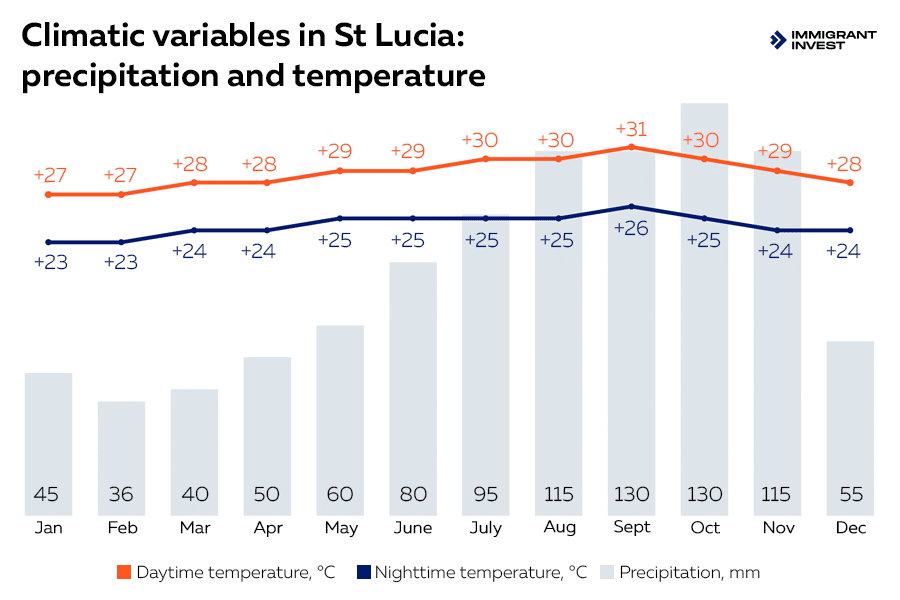
Even in the photos, St Lucia is immediately recognisable among other Caribbean countries thanks to the Pitons, twin mountains that are also the country’s symbols. The mountains rise above the coast and surround a small picturesque bay.
The island’s hills are covered with rainforests, and shallow rivers divide the land into parts that form wide and fertile valleys. In the valleys are fruit plantations of banana and coconut palms, mango, grapes, and cocoa.
There are about 400 plant species on the island: shrubs, palms, and orchids covering the hills, valleys and coasts. St Lucia has several protected areas with wildlife: nature reserves, national parks, a botanical garden and Pigeon Island.
About 450 fish species are found in the Caribbean Sea near the island. Sometimes turtles, dolphins and whales come to the shores. Tourists come to St Lucia to go underwater fishing, yachting, diving, and kayaking. The island has organised sea dives to places where ships have sunk.
Political and economic structure of St Lucia
St Lucia is a parliamentary monarchy. The head of State is the reigning monarch of the United Kingdom, whom the Governor-General represents.
The Parliament exercises legislative power. It consists of two chambers: the Senate and the House of Assembly. Executive power is in the hands of the Cabinet of Ministers.
The judicial system is part of the Eastern Caribbean Supreme Court system. The country has magistrates courts and the High Court of Justice, which also serves as the Constitutional Court.
St Lucia is a member of many international organisations:
- the Commonwealth of Nations;
- the United Nations;
- the Alliance of Small Island States;
- the World Trade Organisation (WTO);
- the African, Caribbean and Pacific Group of States;
- CARICOM;
- the Organisation of American States (OAS);
- and the Agency for the Prohibition of Nuclear Weapons in Latin America and the Caribbean (OPANAL).
The country maintains diplomatic and trade relations in the Caribbean region and conducts active trade with the UK and the US.
About 85% of the country’s population is of African descent, and about 1% are European immigrants. The rest of the inhabitants are descendants of Arawak and Caribbean peoples.
The country's official language is English, but locals often use French-derived Creole.
St Lucians are 91.1% Christians: Anglican, Methodist, and Catholic. 6% of the population is not religious, and about 3% follow other religions: folk beliefs and other religions, Hinduism, and Islam.

St Lucia's economy is based on agriculture, tourism, and the citizenship by investment program. The local population also lives off fishing.
There are many fruit plantations on the island: bananas, mangoes, oranges, grapes, coconuts and cocoa grow there.
Tourism contributes to a GDP percentage, so the government constantly develops local infrastructure: investing in building earthquake-resistant homes, hotels and berths of St Lucia.
In 2014, St Lucia launched a citizenship-by-investment program. Thanks to the income from the program, investments in tourism, urban infrastructure and the social sphere increased.
Infrastructure of St Lucia
The country has two international airports: Hevanorra, 54 km from Castries, and George F. L. Charles Airport is a couple of kilometres from the capital. St Lucia accepts flights from Europe, South and North America.
The country's cruise port is two kilometres from the centre of Castries. In the bays, there are private and public berths with different levels of amenities. The Gros Islet community has the Rodney Bay Marina, the most popular one in St Lucia.
St Lucia has hotels, restaurants, gyms, and golf, tennis, and horse riding clubs. Tourists can go on a boat or horse ride and a car tour or a hike to the mountains and tropical jungles. Lovers of active leisure can choose from kayaking, diving, surfing or yachting.
Taxation in St Lucia
Residents of the country do not pay taxes on income and capital they receive outside of St Lucia. The state has no taxes on wealth, inheritance and capital gains.
The personal income tax is progressive, from 0 to 30%. It’s levied if the income is derived from local sources, like a salary from a St Lucian employer.
The corporate tax rate for companies registered in St Lucia is 30%.
Other basic taxes for individuals and legal entities in St Lucia are the following:
- property tax — 0.25% for residential properties and 0.4% for commercial ones;
- transfer tax — 2% for the property buyer and 2.5—5% for the seller;
- social contributions — 5% of the salary.
Living in St Lucia
Foreigners choose St Lucia for long vacations and temporarily integrate into the local culture and society: rent houses, use public transport and shop in local markets and stores.
Real estate and accommodations. Tourists can stay in hotels or rent an apartment. The cost of renting a one-bedroom apartment is about $270 per month. Prices for apartments in the centre start from $360.
Hotels, villas and apartments are most often located near the coast. And in cities, you can rent apartments in houses of different construction periods, such as colonial or modern.
Prices are relatively low in St Lucia. A three-course meal for a couple in a mid-range restaurant costs about $63.
Average grocery prices in St Lucia are the following:
- loaf of bread — $0.93;
- milk, 1 l — $2.67;
- local cheese, 1 kg — $9.80;
- eggs, 12 pcs — $3.28;
- chicken fillet, 1 kg — $10.90;
- oranges, 1 kg — $3.93;
- bananas, 1 kg — $1.80;
- mid-range wine, 1 bottle — $11.10.
An average monthly pass for a fitness club is $44, a tennis court can be rented for $37 per hour, and a movie ticket costs around $7.6.
Transport. Buses operate between cities and villages of St Lucia; a one-way fare is around $0.91. The approximate starting price for a taxi ride is $5.55.
Roads in St Lucia are in good shape, with multiple car rentals.
Ferry rides connect St Lucia and other Caribbean islands. Ticket prices depend on the season.
Education. St Lucia has public schools where education is free for all students. Some cities have private schools and international colleges.
Four universities are in the country; one is a branch of the University of the West Indies.
The University of the West Indies is a UK university with multiple branches in the Commonwealth of Nations. In St Lucia, the university's campus is located in Castries. Each branch is based on UK education standards.
Getting a bachelor's degree at Sir Arthur Lewis Community College costs approximately $1,350 a year or more. Students study business, agriculture, digital media, engineering, healthcare, science, hospitality, teaching, tourism management, art, and linguistics.
Citizens of St Lucia have the right to take advantage of the benefits if they study at universities in the UK.
Healthcare. The country has a high level of medical services; the industry uses UK standards. All medical staff speaks English.
About a dozen modern clinics in the country provide the locals with almost all types of medical services. St Lucians travel to the US, Canada, or the UK for highly qualified assistance.
Many hotels in St Lucia have on-site medical staff, with prices starting at $15 per checkup. Tourists are asked to apply for health insurance.
Attractions, festivals, and entertainment of St Lucia
The best way to find the country's iconic landmarks is to ask the locals. Everyone is eager to share their favourite diving spot, hiking trail, or historical ruins that they think best represent the island's culture.
Attractions. The main attraction and symbol of the island are the twin mountains of Pitons. The mountains are next to the Caribbean coast and surround a small picturesque bay. Boat trips are organised around the Pitons: you can observe the exotic plants that grow on their slopes.
Near the mountains, there are numerous sulfur and thermal springs. Everyone can take a mud bath and dip in one of the springs.
Pigeon Island is a national park in St Lucia. Guests can enjoy snorkelling, sailing and diving close to the shore. Tourists can climb the ruins of Fort Rodney, built by the British, to fight the French. The famous pirate Jambe de Bois once ambushed Spanish merchant ships here.
Soufriere is the former capital of the state. The city’s name comes from the sulfurous smell of volcanoes. In Soufriere, tourists can observe colonial estates, such as Fond Doux. It was once part of the French King Louis XIV’s lands. It is part of the Fond Doux Resort, with a still-operating copra and cocoa plantation. St Lucia’s signature chocolate is produced here.
The Government House of St Lucia is located in Castries, the state capital. It is the official residence of the Governor-General. The house is located on the crest of Mourne Fortune. The building used to be made of wood and was destroyed by hurricanes. In 1894, the reconstruction of the house began. Today the building is diligently maintained.
Festivals and entertainment. If you ask the island’s residents when the next holiday is, they will respond with: "Guys, there's always a party going on on this island somewhere."
Parkour competitions are organised on the streets of cities, fried fish feasts are held, and various festivals take place throughout the year.
In summer, the island hosts a triathlon called Tri St Lucia. The island is also the end point of the world-famous sailing competition, the Atlantic Rally for Cruisers.
On February 22nd, residents of St Lucia celebrate Independence Day.
In April, the island hosts the main jazz festival of the Caribbean Islands. It features jazz, R&B and calypso music. Local artists and world stars such as Elton John, Rihanna, Herbie Hancock, and Lauryn Hill performed at the festival.
On the last Sunday of June, the fishermen of St Lucia celebrate the Fête Pêche, or Fishermen's Feast. As part of the celebration, church services and various events are held throughout the island.
Carnivals start in June: the island hosts parties, parades, and performances by local bands and DJs. The most popular holidays are Groovy & Power Soca Monarch, Senior and Junior Panoramas, and Inter-Commercial House Calypso.
Mercury Fest is the most anticipated summer beach party. Thousands of people arrive in St Lucia from the neighbouring islands of Martinique, Guadeloupe, and other countries for the two-day Pigeon Island party. In the evening, famous world stars perform on the beach, and in the afternoon, there are sea and beach competitions.
In August, St Lucia celebrates the island's nature and cultural heritage with two flower festivals, La Rose and La Marguerite.
The island hosts a unique eco-friendly Wellness Music Festival. Participants of the festival promote a healthy lifestyle and wellness practices. Famous artists of St Lucia provide the music.
Creole Day is celebrated on the island in October. Since 1981, the celebration of French Creole heritage has evolved into a month of music, dance, cuisine and art.
The Mango Bowl Regatta, a new three-day event in Rodney Bay, takes place at the end of November. The IGY Rodney Bay Marina also hosts a fishing tournament in the fall. The tournament attracts more than 130 fishermen from the UK, the USA, Antigua and Barbuda, Martinique, Barbados, and Grenada to St Lucia.
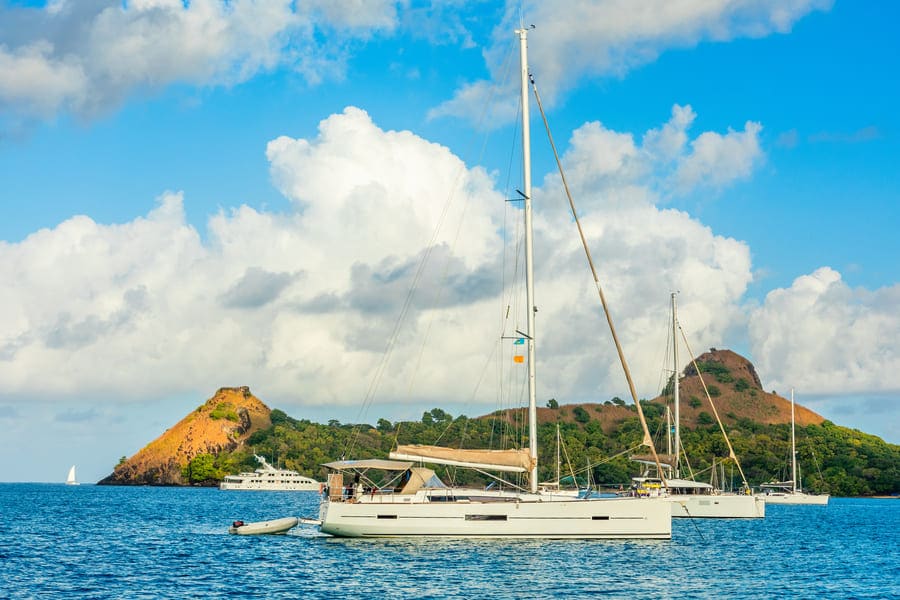
Top 10 interesting facts and things to know about St Lucia
#1. St Lucia is the first ever sovereign country named after a woman — Saint Lucy of Syracuse. The first indigenous name for the country was Louanalao, meaning “Island of the Iguanas” in the Arawakan language.
#2. The nickname for St Lucia is “Helen of West Indies”, after Helen of Troy. Like that mythological Greek queen, St Lucia had powerful forces fighting over it: Britain and France.
#3. It is home to a record number of Nobel Prize winners per capita: two laureates per population of just 180,000. Sir William Arthur Lewis received the prize in economic sciences in 1979, and Sir Derek Walcott, a St Lucian poet, received the prize for literature in 1992. Their achievements are celebrated in St Lucia every January for a week.
#4. The “green flash”, popularised worldwide thanks to the Pirates of the Caribbean movies, can be observed in St Lucia. This sunset phenomenon is not easy to catch, but still possible. Green flash chasers anticipate it on hot days when the sea horizon is clear. Chances are, the setting sun turns bright green for a split second before going down completely.
#5. The Pigeon Island of St Lucia is artificial. It was created and added to the St Lucia territory in 1972, occupying 180,000 m². It was artificially added to the island of St Lucia in 1972 and became a national landmark in 1992. Today the island serves as the main venue for the St Lucia Jazz Festival, which attracts jazz lovers from all over the world.
#6. Rodney Bay Marina used to be a mosquito-infested swamp. The construction did miracles: the swamp was dried, excavated and converted into a modern marina, the final destination of many regattas, such as the Atlantic Rally for Cruisers.
#7. There is a flower rivalry with its own celebrations. The La Rose and La Marguerite flower festivals depict the historic rivalry between communities whose members celebrate the virtues of their flowers. Members of La Rose pledge their allegiance to the rose by dressing in red and creating colourful arrangements of roses. La Marguerite participants wear light colours with blue accessories.
#9. St Lucia has left-hand traffic, courtesy of British influence. Mind this fact when you first arrive on the island, whether you are a driver or pedestrian.
#10. You can catch a 15-minute helicopter taxi ride from St Lucia’s Hewanorra International Airport. Which is not just extremely convenient but also fun — a mini-tour with spectacular views is included.
Best cities to live in St Lucia
Castries is the country's buzzing capital, with a population of 20,000. It is the political and economic centre of St Lucia. Most large shops, schools, governmental services and banks are located there, as well as the Central Market and two public hospitals — Victoria Hospital and Owen King European Union Hospital.
The city offers plenty of entertainment, attractions and cultural facilities. Castries has several fully equipped beaches, including a large municipal beach.
Soufriere is technically a village but far from the rustic type. It is way more laid back than the capital but boasts great infrastructure and accommodations, including premium real estate properties. The village offers a breathtaking view of the Piton mountains.
There are two banks, a medical centre, as well as an infant, primary, and secondary school. Soufriere offers several note-worthy bars and restaurants, and nightlife lovers usually travel to the nearby Rodney Bay.
Soufriere is truly famous for its hot sulfur springs and mud baths from the nearby volcano. Numerous world-class spas and resorts are located here.
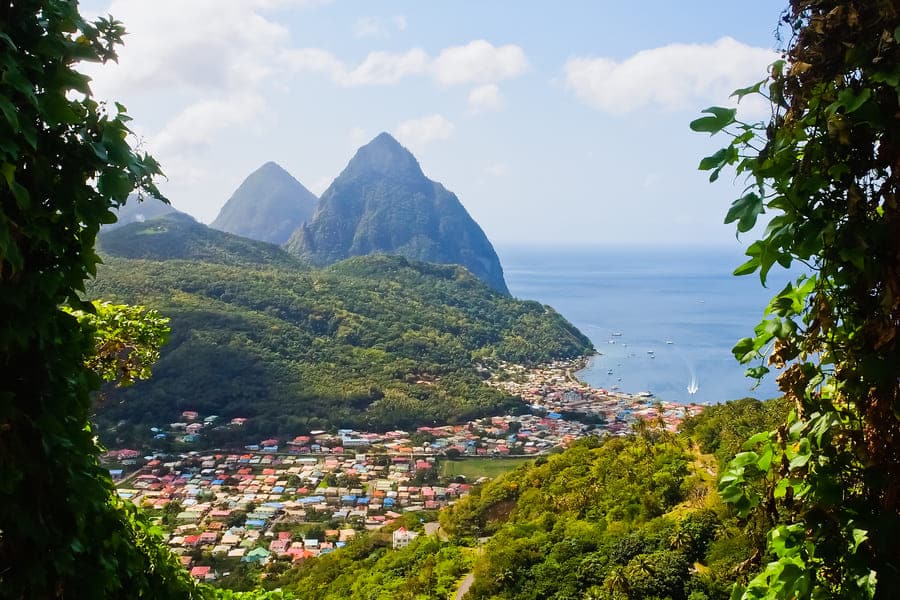
Rodney Bay is not just a town but an important port for St Lucia, so boat owners, including superyachts owners, prefer to reside here. The Rodney Bay Marina has more than 250 berths, acclaimed customer service, protection from security guards and hurricane-proof construction.
Aside from that, Rodney Bay is an entertainment hub of St Lucias, with most restaurants, cafes, clubs and shops located on the marina site. The town has multiple banks, as well as public and private medical centres and schools.
Marigot Bay is a cosy, secluded, and luxurious town four miles away from Castries. Like Rodney Bay, it is great for boat owners and accommodates superyachts. Lush hills protect the bay’s beautiful beaches, villas, and moors from hurricanes. Marigot Bay has a bank, a clinic, and a secondary school.

What are the benefits of a St Lucia passport?
The St Lucia passport allows you to travel freely to 146 countries. You won’t need visas to enter the Schengen states, the EU, the UK, Singapore, and Hong Kong.
St Lucia launched the Citizenship by Investment Program in 2014. The program is one of the most inexpensive in the world.
The four investment options of the St Lucia CBI program are the following:
- $100,000+ is a non-refundable contribution to the National Economic Fund.
- $200,000+ is a purchase of a share or an entire property from the government-approved real estate projects list.
- $300,000+ is a purchase of government bonds.
- $1,000,000+ is an investment in an approved business project: restaurants, cruise ports and marinas, bridges, roads, pharmaceuticals, or research facilities.
Among other Caribbean investment options, the non-refundable contribution is the most popular. Investors usually choose either the fund contribution or purchase of the real estate in St Lucia to get a passport.
In addition to the investment, investors pay stamp duties and administrative, Due Diligence and document processing fees. The total amount also depends on the number of the investor’s family members and their age.
Frequently Asked Questions
The state of St Lucia is located near the mainland of South America. The Atlantic Ocean is on the island’s east, and the Caribbean Sea is to the west. St Lucia is part of the Lesser Antilles archipelago.
Yes, if you are not a citizen of a country with a visa waiver agreement with St Lucia. For example, citizens of Commonwealth states, the EU, and CARICOM do not need a visa.
Only St Lucia citizens can enter the country if the borders are closed.
St Lucia citizenship can be obtained by naturalisation, marriage, or investment. The fastest way is under the state CBI program.
Investors contribute money to the country’s economy. Four investment options include the following:
- $100,000+ is a non-refundable contribution to the National Economic Fund.
- $200,000+ is a purchase of a share or an entire property from the government-approved real estate projects list.
- $300,000+ is a purchase of government bonds.
- $1,000,000+ is an investment in an approved business project: restaurants, cruise ports and marinas, bridges, roads, pharmaceuticals, or research facilities.
Real estate can be rented out for a yield that can reach 5% a year. Real estate or government bonds can be resold in 5 years.
Benefits of St Lucia citizenship include:
- Visa-free travel to 146 countries, including the UK, the Schengen states, Hong Kong and Singapore.
- Tax optimisation: there are no taxes on wealth, inheritance and capital gains.
- UK education: St Lucia citizens can enrol at UK universities on preferential terms and receive scholarships.
The main attractions of St Lucia are the twin mountains named Pitons. Located next to the Caribbean coast, they surround a small picturesque bay. There are numerous thermal springs near the Pitons.
In the north of St Lucia, there are multiple communities of Gros Islet. It is one of the most populous counties in St Lucia and a popular tourist destination on the island. In 1778, the British Royal Navy took over St Lucia and established a naval base at Gros Islet Bay, building Fort Rodney.
In Soufriere, tourists visit colonial estates, such as Fond Doux. It was once part of the French King Louis XIV’s lands. Now it is part of the Fond Doux Resort, with a copra and cocoa plantation that still works. St Lucia’s famous chocolate is produced here.
St Lucia is one of the most beautiful Caribbean islands, with a fascinating and well-preserved cultural heritage, developed infrastructure, gorgeous beaches and luxurious resorts. The island has several bays that hurricanes usually pass by.
Lush nature and comfortable climate make St Lucia a great vacation destination in any season. Volcanic sulfur and thermal springs are one of the most popular wellness spots.
St Lucia always has some holidays: carnivals, festivals, celebrations, feasts, and competitions.
Boat owners, including the owners of superyachts, appreciate the professional services St Lucia marinas provide, especially those in Rodney Bay and Marigot Bay.
English is the official language of St Lucia, and all citizens speak it. They also use the French-derived Creole language.
St Lucia uses the Eastern Caribbean Dollar. It is a stable currency, pegged to the US dollar. Since 1976, the rate has been fixed at XCD 2.70 = $1.


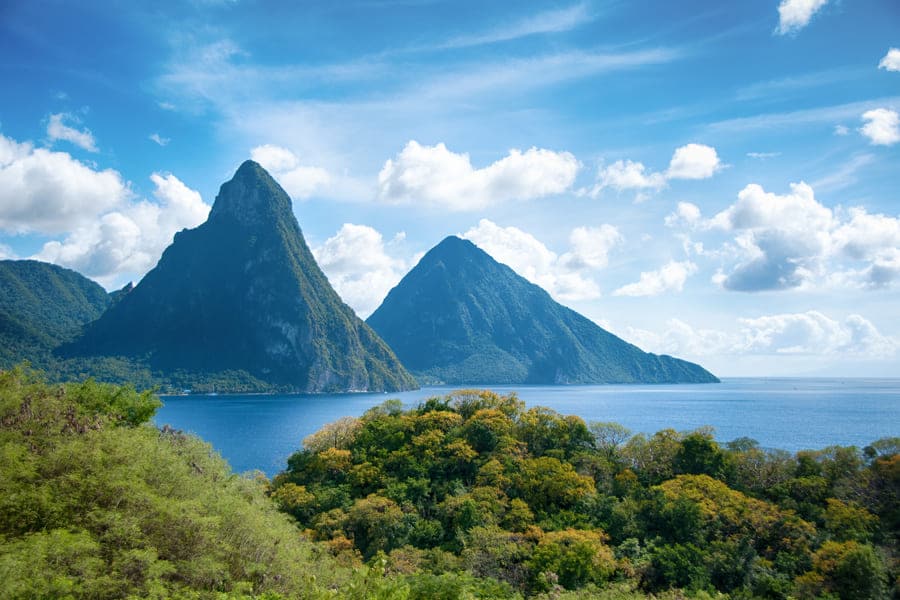






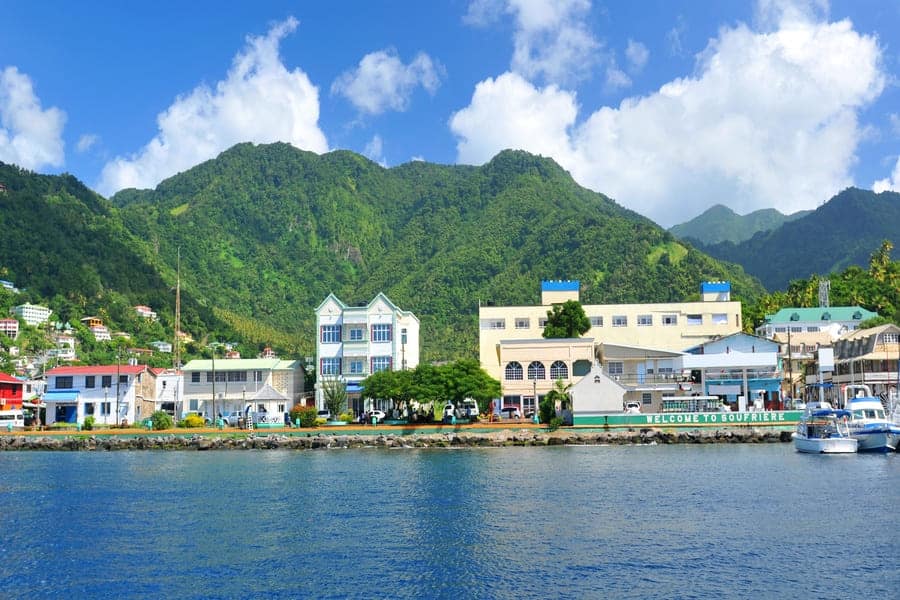





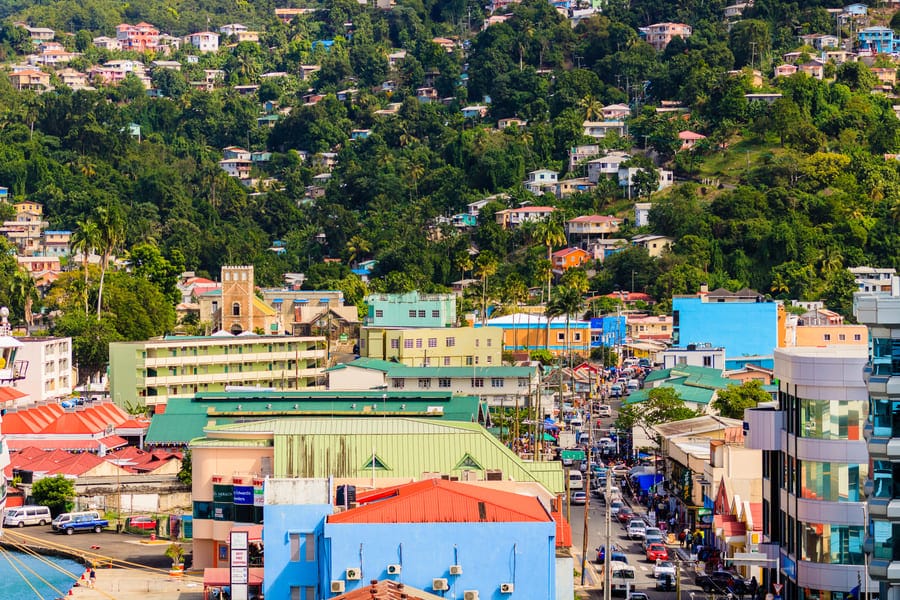

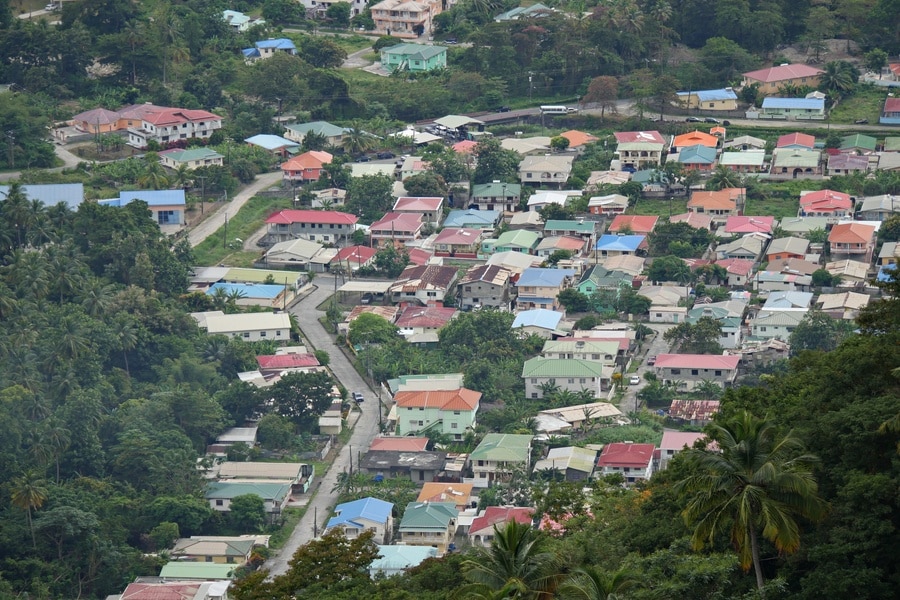





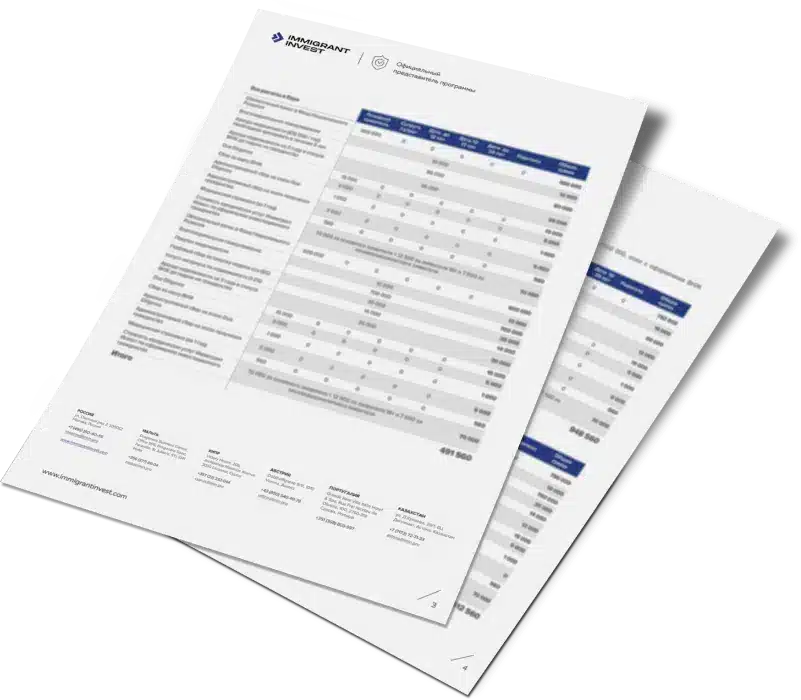
 Zlata Erlach
Zlata Erlach